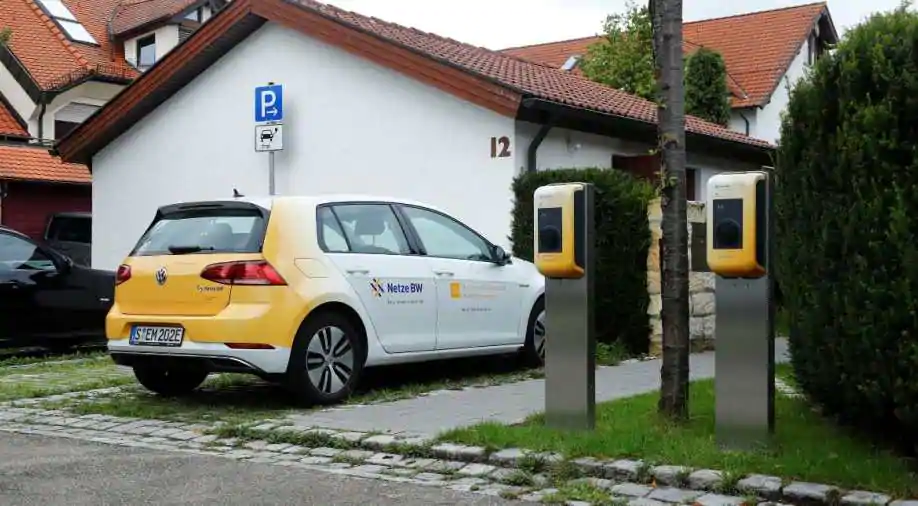More than 2 million electric vehicles were sold in 2019 globally. India wants to make transition to electric vehicle. One, because its the future. And two because we need clean air. The government has been at it. In 2019, India announced a tax cut to encourage people to buy electric vehicles.
Sales grew by 20 per cent in just a year.
The total number of elecric vehicles (EVs) sold in 2019 was 1.56 lakh.
Of these, 1.52 lakh were two-wheelers. 3,400 were electric cars. And there were 600 electric buses.
India has a long way to go. 2021 is expected to be a defining moment for EVs in India. Most major automobile players are launching electric vehicle models.
Experts say, the biggest market is still for 2-wheelers. India aims to increase the number of EVs by 30 per cent by the end of this decade.
So, there’s a plan in place. There’s demand. But there is also a problem.
There’s no Lithium. The element is not usually found in this part of the world. So while india manufactures most of the components of an EV at home. It relies on China, Taiwan and Japan for Lithium-ion batteries.
The import adds to the cost of an EV and stands in the way of India’s goal number 2, which is to become a global hub for making EVs.
Currently, China holds that spot. It is the world’s largest electronic vehicle maker. But countries are now distancing themselves from China and for India, it’s an opportunity both, to expand its manufacturing secto and become Atmanirbhar, or self-reliant.
The task before india is four-fold.
First, to access Lithium outside China.
Second, to process Lithium and make Lithium-ion batteries at home.
Third, to find alternatives to this technology. Becuase lithium reserves are limited.
And fourth, to become the world’s top manufacturer of EVs.
The govt has already announed a 1.4 billion dollar plan to pave that path. This was in 2019.
A lot has happened since.
Number 1, India is setting up its first Lithium refinery in Gujarat.
Number 2, A joint venture called Khanij Bidesh India Limited- or KABIL – has been formed between three state-run companies.
Its objective is to acquire Lithium and Cobalt mines overseas.
Number 3, India has inked a pact with an Argentinian firm for Lithium.
So, india is already looking beyond China.
Number 4:
According to reports, India’s second-biggest traditional battery maker Amara Raja is looking to build a Lithium-ion assembly plant.
Number 5:
Suzuki motor Corp, along with Toshiba, and Denso are setting up a Lithium-ion battery manufacturing plant in India.
So to come back to the question of India’s strategy. India has set its goal. It knows its challenges. And has accordingly come up with a long-term plan. A plan that goes beyond EVs and Lithium
To encorporate alternative fuel, infrastructure for consumers at home. And also the plan of becoming the world’s top EV manufacturer.
India’s Transport Minister Nitin Gadkari summed it up at WION’s E-Mobility Summit in 2019. EVs will hit 10 per cent of the global passenger vehicle sales by 2025. That means that 10 per cent of the vehicles sold the world over will be electric. By 2040, almost 60 per cent of the vehicles sold globally will be electric.
India is plugging into the future with a strategy to become the world’s top EV manufacturer.
This article is auto-generated by Algorithm Source: www.wionews.com


